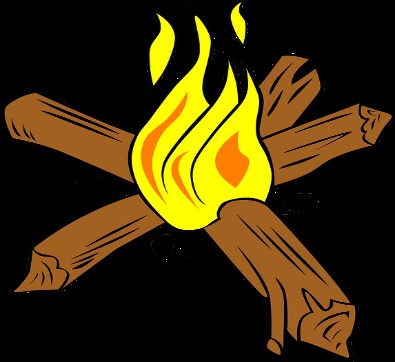Ceremonial Uses of Water
“Water is what sustains us. Water is what brings us into this world, and water is what keeps us in this physical world. And so it’s our life.” - Jan Longboat
Background information
The relationship between water and health is direct and foundational; as the Grandmothers pointed out, all life is dependent on water. They spoke about how water is critical for maintaining life within the physical realm, commenting that the human body is mostly comprised of water and that without the hydration that water provides we perish. In First Nations culture, there are many reasons for which First Nations people appreciate it as a life force and believe it has a spirit. Water in Aboriginal traditions has cleansing and purifying powers. It is the giver of life with which babies are born. Water has tremendous significance before birth, during the birthing process, and after birth. Recognizing the vital importance of water to survival is the beginning of a healthy perspective. Water is the blood of Mother Earth. Similar to blood, which circulates throughout our bodies, nutrients flow into the land via water. Without our blood serving its proper functions, we would die. (McGregor, 2013)
Fasting is a means of testing, practicing and deepening our personal commitment to our values and intentions. It calls upon us to make a small sacrifice of food and water and challenges us to move from intentions to action, from beliefs to experience. Fasting is a key process to demonstrate a personal commitment to honouring and protecting the women and children in our lives. It is also a way to support each other in our collective responsibility as men to ensure all women and children are free from violence in our homes, communities, and nations.
Lesson 3: First Nations Use of Water in Ceremonies
Grade: K-2 (Health, Science, Social Studies, Art)
Topic: Use of water in First Nations ceremonies
Time: 60 minutes, spread out over at least two class periods
Space requirement: Classroom
Materials: Smartboard or computer and projector, markers, paper and tape or mailing labels or other blank stickers.
Objectives: To help students understand how and why water was and is used in First Nations ceremonies. Specific ceremonies that will be looked at are the women’s water ceremony, fasting, sweat lodge, and giving thanks.
For this lesson, it would be greatly beneficial for both the teacher and students to invite an Elder, Knowledge Keeper and/or Traditional Knowledge Keeper to visit the classroom.
Offer the Elder, Knowledge Keeper and/or Traditional Knowledge Keeper tobacco and explain with sincerity about what you want them to talk about when they come to your classroom to speak.
Keywords: Ceremony, Elder, Knowledge Keeper, Traditional Knowledge Keeper, Fasting
Directions/Procedures:
Day 1
1. Start the lesson by using a KWL (what they know, what they want to know, and what they learned) chart. Place the chart at the front of the class – this can also be used as part of your assessment. Tell students that a ceremony is a formal religious or public event. Ceremonies can include speeches, actions done in specific ways, food, and water. Some examples of ceremonies are christening ceremonies, marriage ceremonies, renewal of vows ceremonies, coming-of-age ceremonies, graduation ceremonies, and awards ceremonies. Ask students whether they have attended or been part of any ceremonies. Ask students what they know about water in ceremonies (this does not only have to be First Nations ceremonies, there is water involved in baptism, Wudu, and many other ceremonies). Ask them to speak about their personal experiences in terms of water in ceremonies.
2. Next, students will discuss what they wish to know about the topic. Encourage students to state all of their questions.
3. Show the students the PowerPoint presentation titled “First Nations Use of Water in Ceremonies” in order for them to gain some background information.
4. If you are inviting an Elder, Knowledge Keeper and/or Traditional Knowledge Keeper into the classroom then remind the students about being respectful to classroom visitors.
Day 2
Beforehand: Share information about what the students want to learn with the Elder, Knowledge Keeper and/or Traditional Knowledge Keeper who you have invited to the classroom or if you are not inviting an Elder, Knowledge Keeper and/or Traditional Knowledge Keeper to the classroom then research the answers to their questions.
Have the Elder, Knowledge Keeper and/or Traditional Knowledge Keeper answer the students’ questions or, if you are not inviting a special guest to the classroom, share what you learned by conducting research with the students in order to answer their questions.
Have students create a sticker/stickers by using their knowledge gained from the discussion to create positive messages (pictures and/or words) about what they learned.
Return to the KWL chart and assess what the students learned. This is an opportunity to gauge students’ learning to see if more instruction is needed (Did the special guest answer all of their questions? Did you answer all of their questions?).
Evaluation: Use KWL chart and look at the stickers that the students have made.
Resource
Native Counselling Services of Alberta. (n.d.). Retrieved from https://www.sacredrelationship.ca/videos/
(To gain full access use Username: Alberta_Access and Password: s@cr3d)


